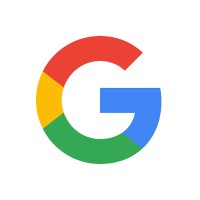
Bosch Global Software Technologies
With our unique ability to offer end-to-end solutions that connect the three pillars of IoT - Sensors, Software, and Services, we enable businesses to move from the traditional to the digital, or improve businesses by introducing a digital element in their products and processes. Now more than ever, companies across the world are becoming rapidly aware of the potential and impact of modern-day digital technologies on customers, people, and organisational processes. We aim to empower and translate this realisation into a new reality for enterprises, leveraging our in-depth understanding of global business complexities, the risk of disruption that digital technologies bring, and the technology thought leadership that we have built over decades of experience at Bosch. Founded in 1997, we are a 100% owned subsidiary of Robert Bosch GmbH, with over 35,000 associates across the globe. [Data protection notice: www.bosch-softwaretechnologies.com/en/terms-of-use/data-protection-notice/ ]






